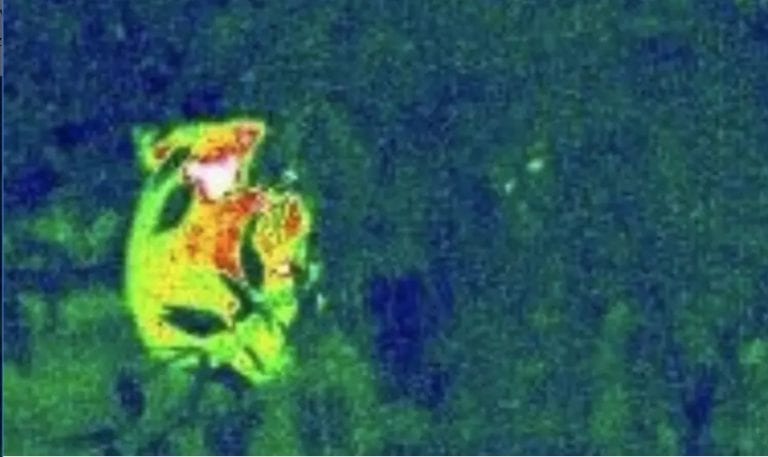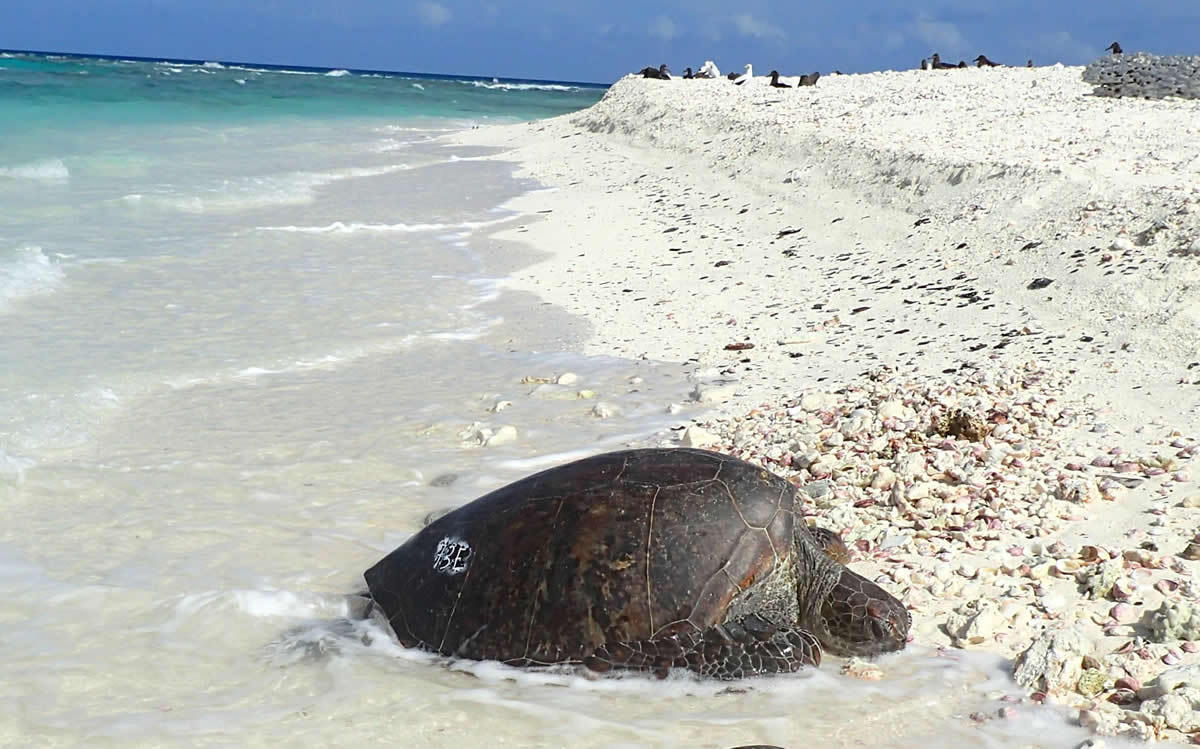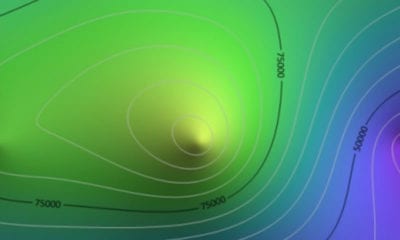News
Heat Seeking Drones Being Used in Dolphin and Koala Conservation Efforts
Drones that combine heat sensors and thermal imagery capabilities are being widely used by environment and wild life conservation researchers around the globe.
Recently a collaborative Queensland University of Technology-Brisbane City Council pilot study was conducted in addition to a project in which koala-sniffing dogs and human field workers walked through bushland to identify high probability of koala population in Brisbane.
Sniffing dogs and field walkers identified “high koala activity” in bushland at Belmont, Burbank, Kuraby, Wishart, Bardon, Mt Coot-tha, McDowall, Anstead, Moggill, Alderley, Nathan and Mt Gravatt.
Researchers were trying to seek a more cost effective method as compared with of identification and mapping of koalas and other endangered species than walk-throughs of bushland used drones equipped with koala-seeking heat sensors to map the marsupials’ population in Brisbane from 60 metres above the tree canopy.

Thermal image of a koala obtained from a UAV. Image credit: Dr Grant Hamilton.
QUT koala ecologist Grant Hamilton and his team have developed a way of using computer algorithms to read data from a heat-sensing camera flown by a drone.
“We feed that thermal imagery into an artificial intelligence algorithm and we use those algorithms to automatically determine the kinds of organisms are using that system, so it might be koalas or it might be kangaroos, for example. When we fly over the area, we can count the number of koalas in the area.” The algorithm identified everything that was “not a koala”, Dr Hamilton said, so only koalas showed up in the imagery.
Trials have been flown in bushland near Petrie, where the University of the Sunshine Coast Moreton Bay campus was being built. The thermal imagery could cover about 20 hectares in about two hours.
Adding that better data was a conservationist’s best friend, Dr Hamilton said in certain environments the team – which included data scientist Evangeline Corcoran and artificial intelligence algorithm specialist Simon Denman – was getting 100 per cent accuracy. “In a couple of years away our aim is to be able to go out with a drone to a particular site, get the data and either have it sent back directly or take the SIM card out of the drone once it comes back, insert it into the computer and get the answer within a half an hour, or an hour.” Hamilton added.
A similar scientific study involving unmanned drones equipped with thermal imaging cameras was recently conducted in New Zealand and the UK, could be used to seek out and help protect endangered Maui and Hector’s dolphins in New Zealand, and other marine mammal species around the world.
Martin Stanley from Ocean Life Survey, who led the study, has designed and developed an unmanned remotely operated thermal imaging drone system that can be used for marine mammal study and protection which can be operated from vessels such as fishing boats to provide real time detection of and protection to marine mammals.
The thermal drone system is not just cheaper, safer, more effective and environmentally efficient system but also has reduced noise and shadow disturbance effect on target species, than traditional manned aircraft marine mammal aerial surveys.
The thermal drone system was developed, tested and trialled in the UK and New Zealand, before being deployed and operated along the New Zealand Waitakere coastline for a trial alongshore survey.
This thermal imaging drone technology could also be applied to other potentially harmful situations, such as disturbance from marine industrial noise such as pile driving, navy sonar operations and seismic testing and will allow researchers to learn more about marine mammal nocturnal presence and movements. This in turn will allow better protection and management measures to be adopted. Being more environmentally friendly, with significantly less CO2 and noise emissions produced than traditional manned aircraft or boat surveys thermal drone systems can also reduce costs, and replace the risk of manned surveys.
Martin Stanley with the aim of engaging New Zealand marine industries, the New Zealand Department of Conservation and Ministry of Primary Industries, to commission protection trials, and undertake nocturnal surveys says “the technology is affordable and available, with Ocean Life Survey having made affordable aerial thermal imaging drone systems commercially available, for under $5,000 NZ dollars, o help protect and save Maui and Hector’s dolphins, and other marine mammal species around New Zealand, including the New Zealand Fur Seal. We would also like to engage with other government agencies and marine industries around the world, to encourage them to use this technology for their marine mammal protection responsibilities”.

























